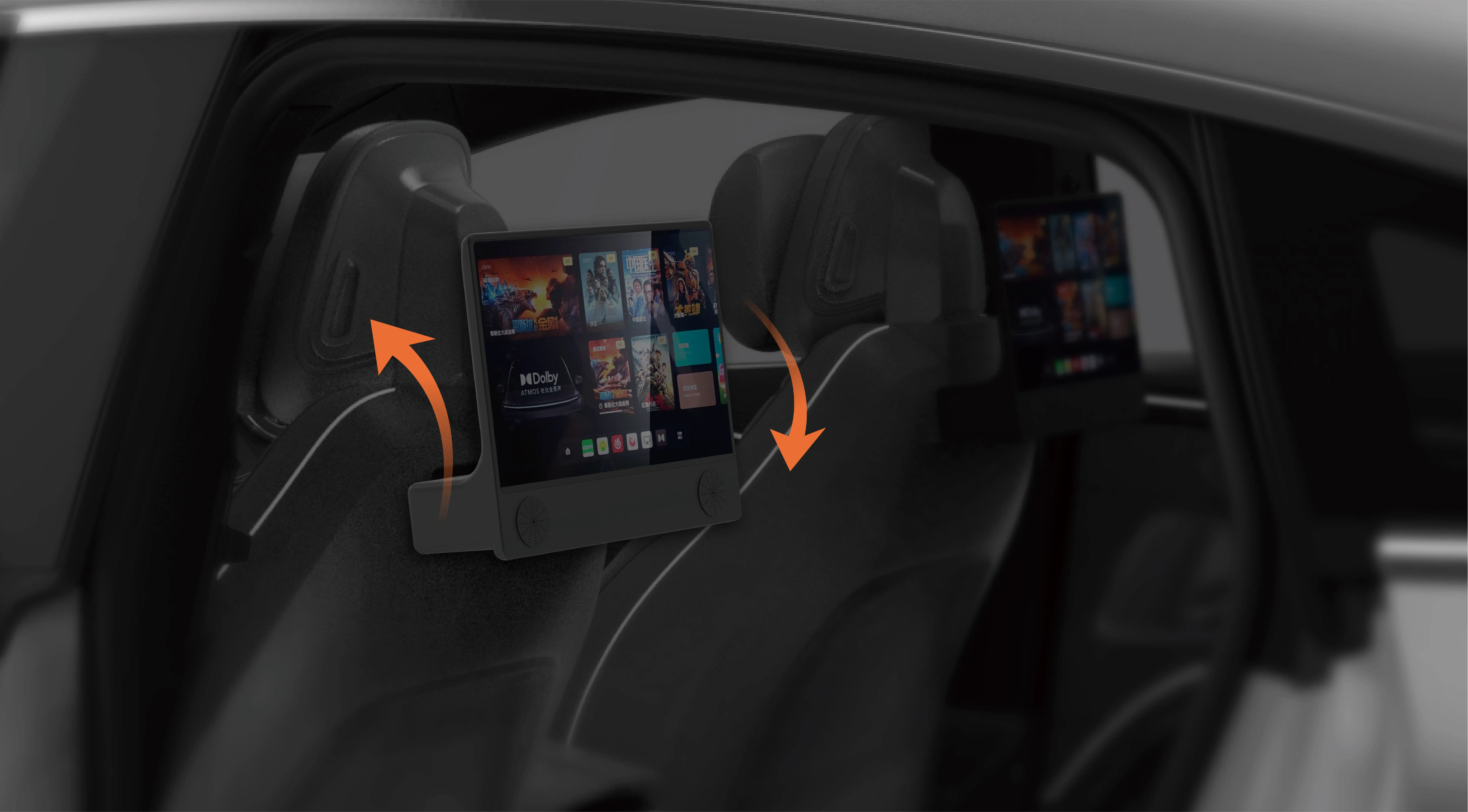Unleashing Precision and Creativity with MG90S Servo Motor CAD Designs
In the rapidly evolving world of robotics and automation, the quest for precision, reliability, and adaptability has never been more critical. Among the myriad components that power these innovations, the MG90S servo motor stands out as a favorite for hobbyists, engineers, and product designers alike. Its compact size, exceptional performance, and versatility make it a cornerstone in countless mechanical projects—ranging from tiny robotic arms to intricate drone stabilizers.

But what transforms these components from simple parts into seamlessly integrated systems? The answer lies in comprehensive CAD (Computer-Aided Design) models. CAD not only facilitates visualization and prototyping but also accelerates development cycles, allows for detailed analysis, and ensures that each component fits and functions exactly as intended.
The MG90S Servo Motor: An Engineering Marvel
The MG90S servo motor is renowned for its robustness coupled with high precision. It features a metal gear train that enhances durability and reduces wear over time, especially under demanding operational loads. This servo boasts a stall torque of around 2.2 kg·cm at 4.8V, making it suitable for a broad spectrum of mechanical tasks. Its response time is typically around 0.1 seconds per 60 degrees, enabling quick adjustments—a critical feature for dynamic robotic applications.
What makes the MG90S particularly attractive is its compatibility with common microcontrollers like Arduino, Raspberry Pi, and others. This compatibility, along with its affordability, allows hobbyists and small-scale manufacturers to integrate it into their prototypes with ease.
Why CAD Models Matter for the MG90S
While the physical specifications are well documented, the true potential of the MG90S servo motor unfolds when designers simulate and visualize it in 3D space before actual implementation. CAD models serve as digital twins—precise and detailed representations of the physical motor that developers can manipulate, analyze, and optimize.
By using CAD models of MG90S servo motors, engineers can perform interference checks within larger assemblies, fine-tune mounting brackets, and even design custom gears or couplers. This proactive approach prevents costly errors, reduces prototyping cycles, and fosters innovation—especially crucial when integrating servos into complex robotic systems.
Getting Started with MG90S CAD Files
Many open-source CAD repositories, forums, and marketplace platforms host detailed models of the MG90S servo motor. These models typically include:
Step (.stp or .step): A neutral, widely-used format for data exchange, compatible with most CAD software. SolidWorks files: Providing parametric design features for further customization. STL file formats: Useful for 3D printing prototypes or parts that interface with the servo.
Equipping yourself with these CAD files unlocks a new level of design precision. Whether you're creating a robotic finger, assembling a drone frame, or designing a custom mounting bracket, these models streamline your workflow.
Design Considerations for MG90S Integration
Integrating the MG90S into a project requires more than just attaching it to a frame. Precise positioning, appropriate mounting methods, and consideration of the servo's operational limits are vital.
Mounting Hardware: Using CAD models, you can design custom brackets tailored for your application, ensuring secure attachment and minimal vibration. Gear Coupling: When connecting the servo to a gear or shaft, CAD allows you to simulate the fit, prevent binding, and optimize torque transmission. Clearances and Space Constraints: Model the servo within the larger assembly to verify that it fits without interference, especially in tight spaces. Electrical and Cooling Aspects: CAD can help plan wiring routes and ventilation if necessary, avoiding overheating issues during prolonged operation.
Practical Applications Powered by CAD-Designed MG90S
The versatility of the MG90S, combined with precise CAD modeling, opens doors to countless applications:
Robotic Arms: Fine motor control for gripping and positioning, thanks to accurately modeled servo mounts and linkages. Quadcopters and Drones: Stabilization servos modeled to fit aerodynamic bodies seamlessly, enhancing flight stability. Prosthetics: Precise joint movements modeled to mimic natural motion, improving prosthetic responsiveness. Automated Pan-and-Tilt Systems: Custom mountings designed with CAD for smooth camera movements and surveillance.
Benefits of CAD-Driven Development
Adopting CAD for designing with MG90S servos yields tangible advantages:
Reduced Development Time: Rapid prototyping with virtual models. Enhanced Reliability: Identification of fitment issues early in the design phase. Better Performance: Optimization of mounting and linkage for maximum torque transmission. Customization: Tailoring components like brackets, gears, and enclosures for specific tasks.
Let’s pause here—next time, I’ll dive deeper into specific CAD design workflows, detailed case studies, tips on choosing CAD tools, and how to leverage advanced simulation to perfect your MG90S servo integrations. Whether you’re a veteran in robotics or just embarking on your DIY journey, understanding the synergy between hardware and CAD design opens up expansive possibilities.
Kpower has delivered professional drive system solutions to over 500 enterprise clients globally with products covering various fields such as Smart Home Systems, Automatic Electronics, Robotics, Precision Agriculture, Drones, and Industrial Automation.




































